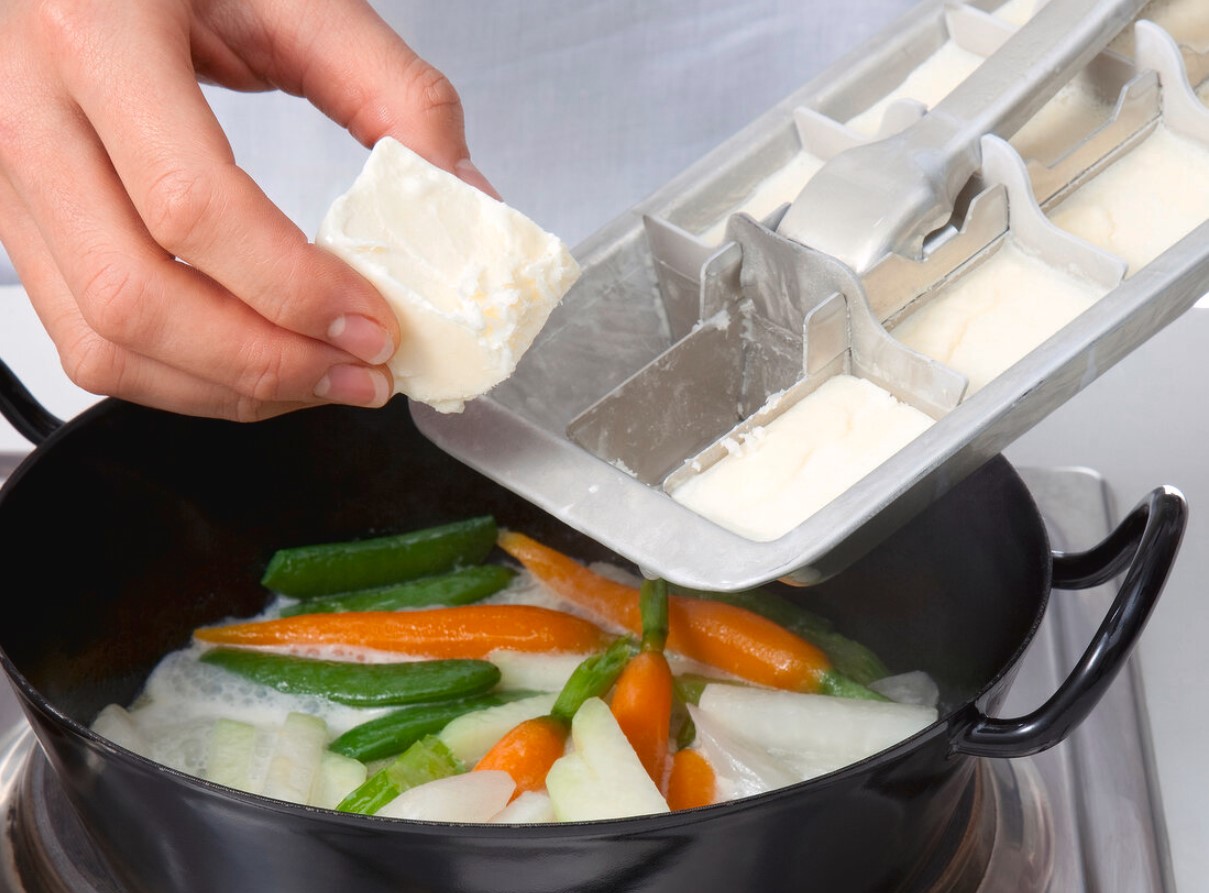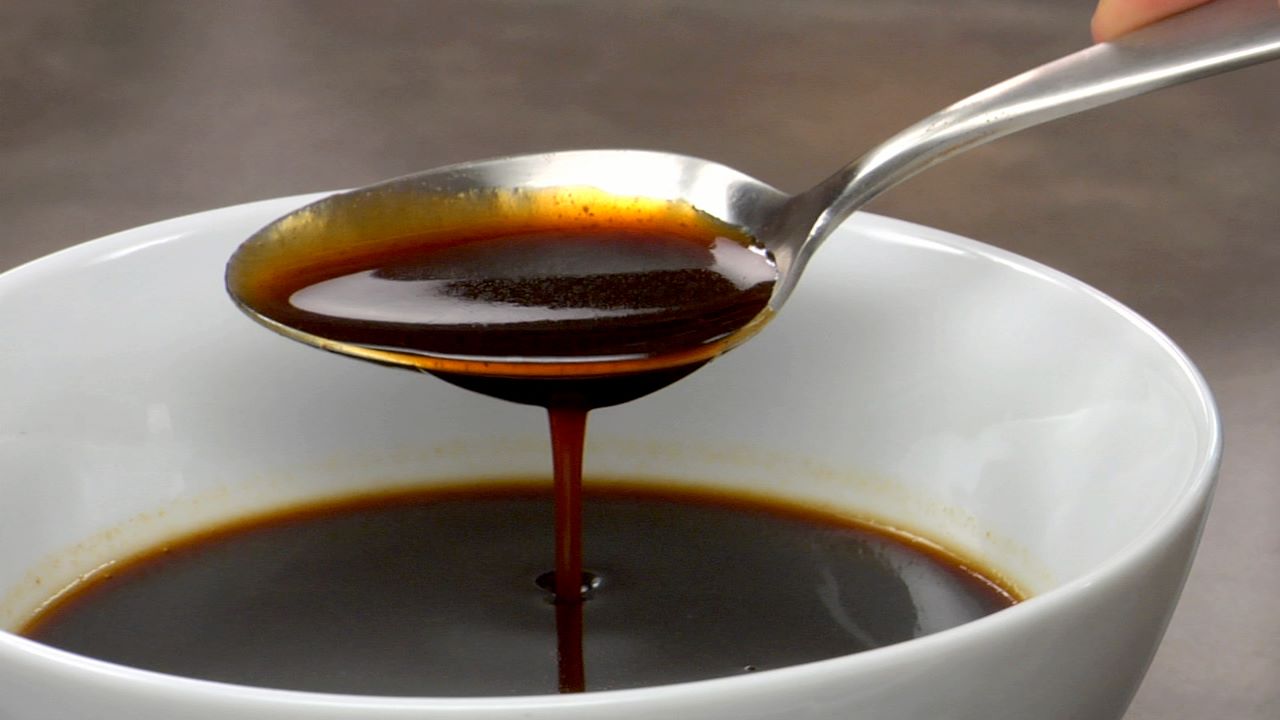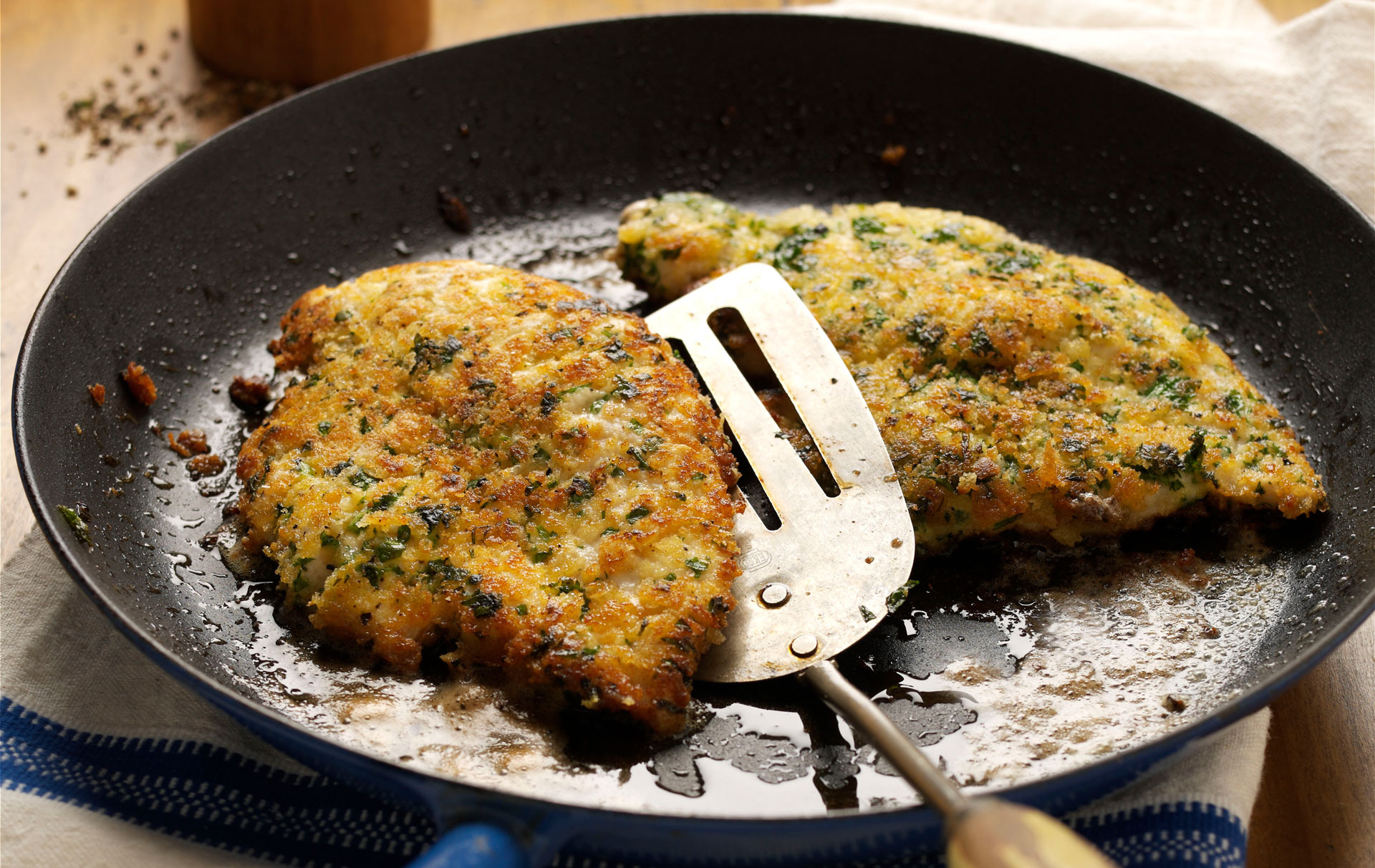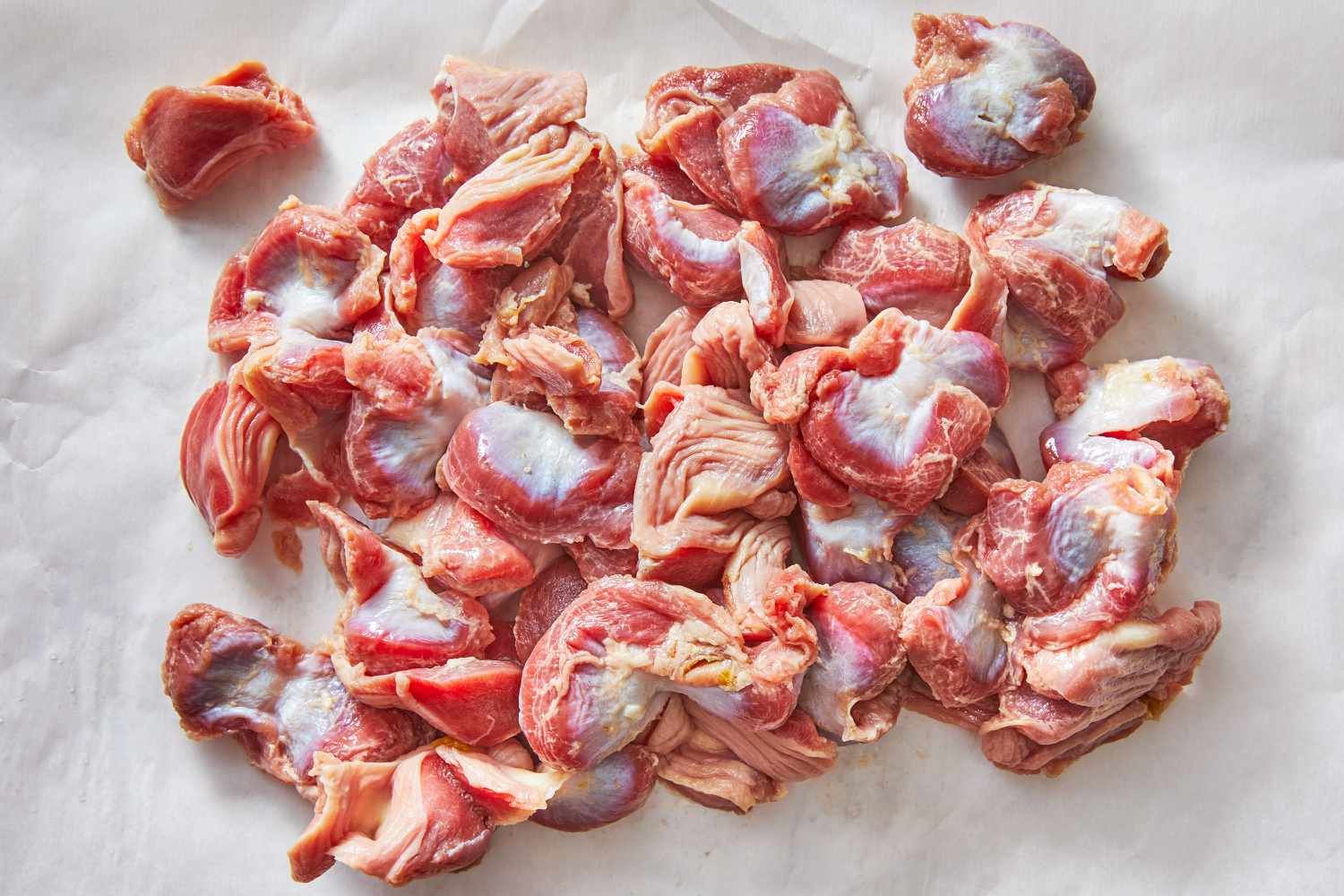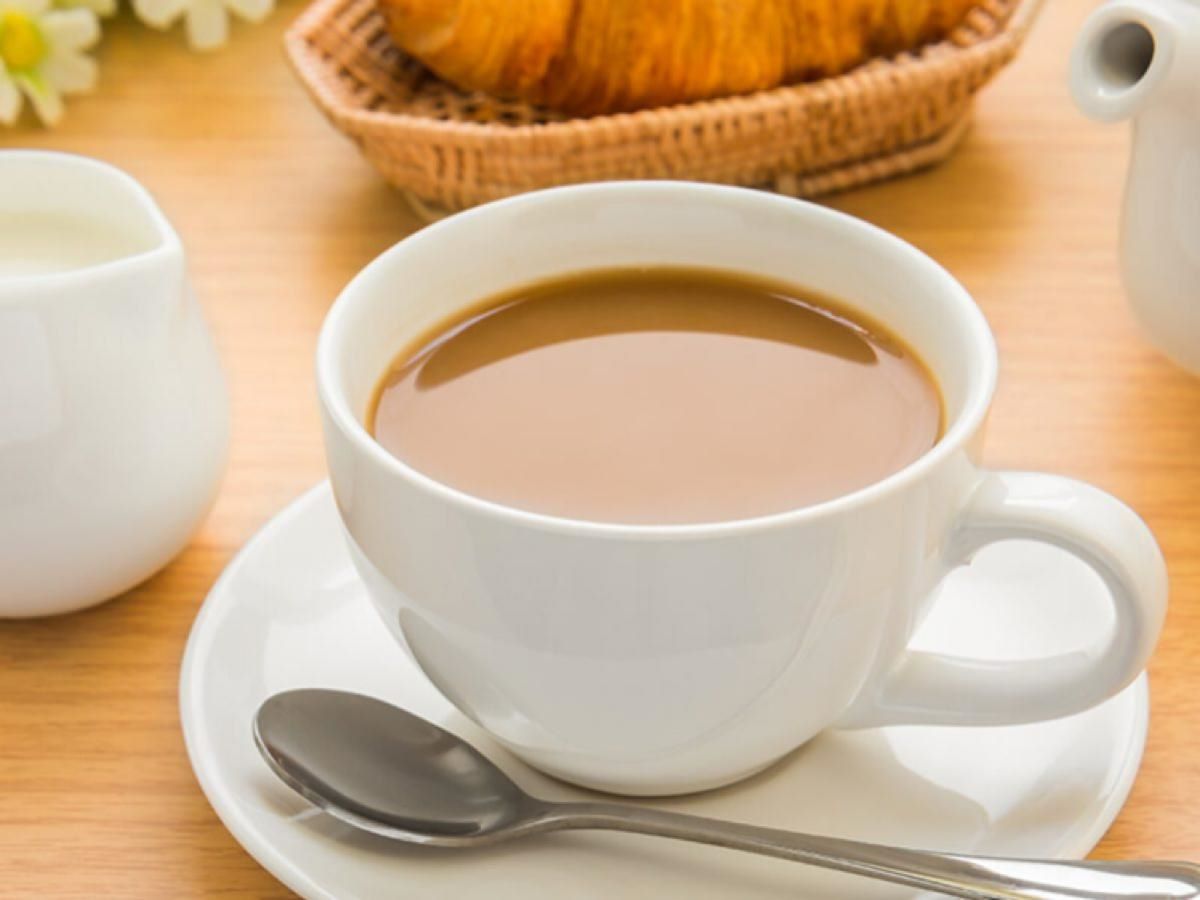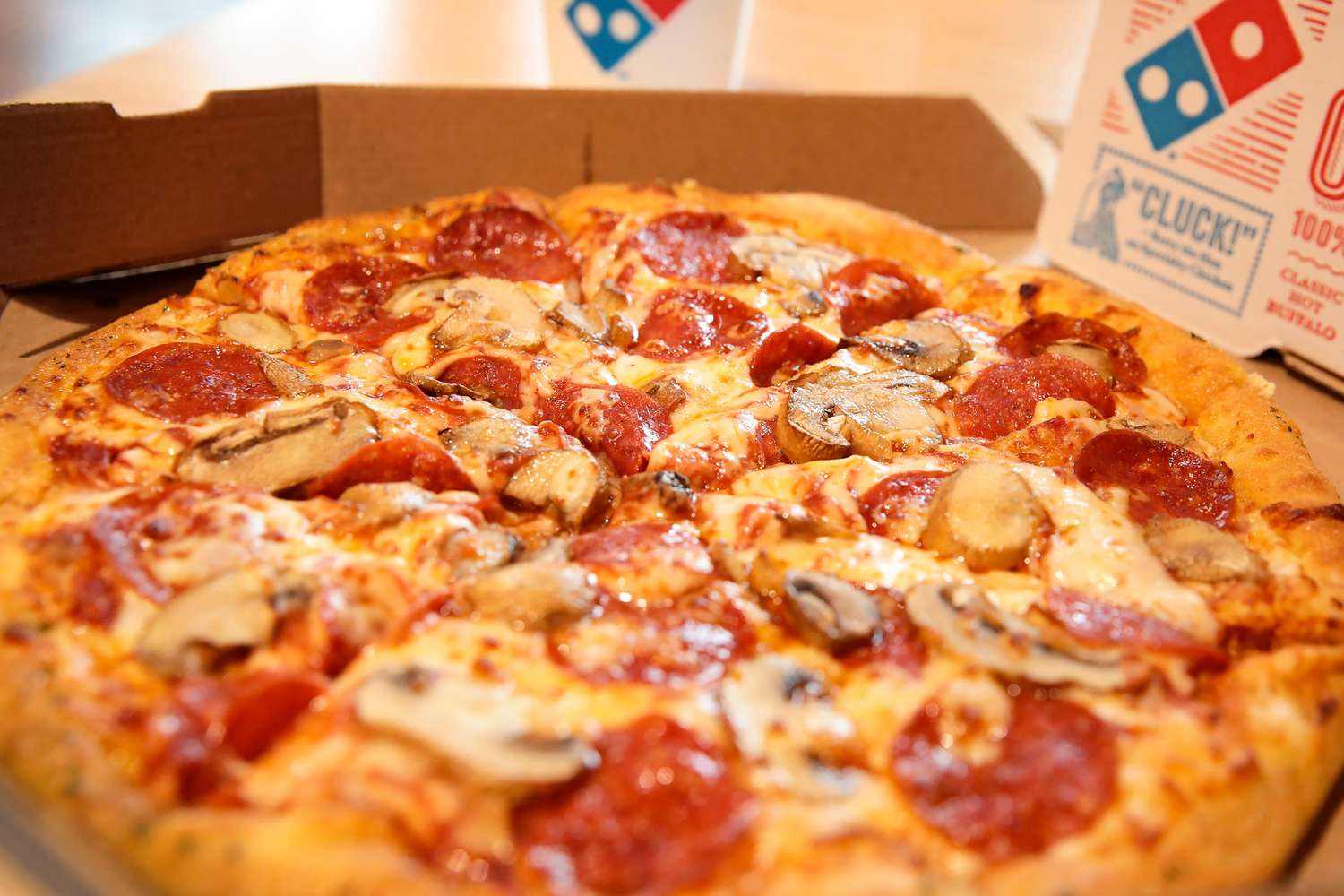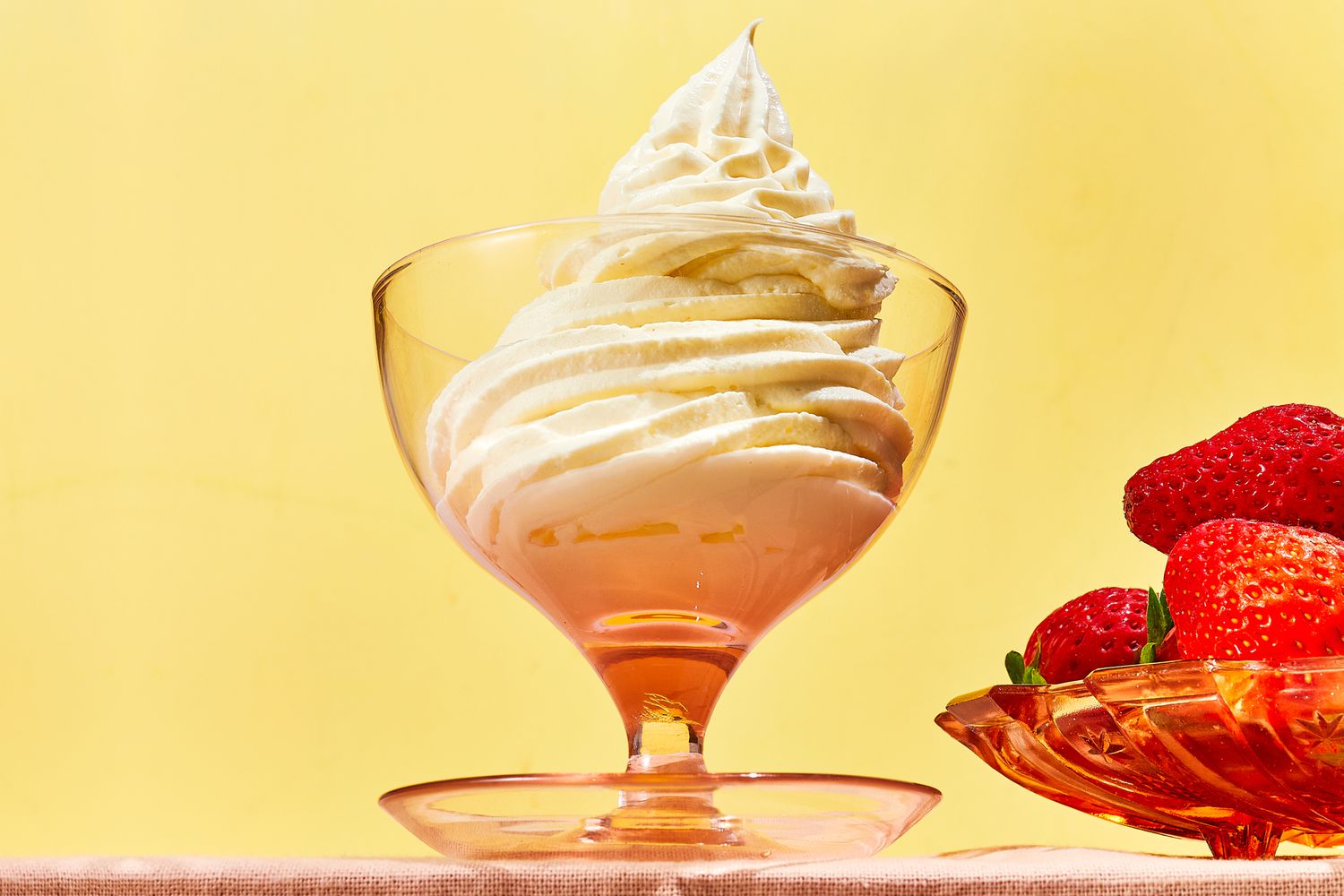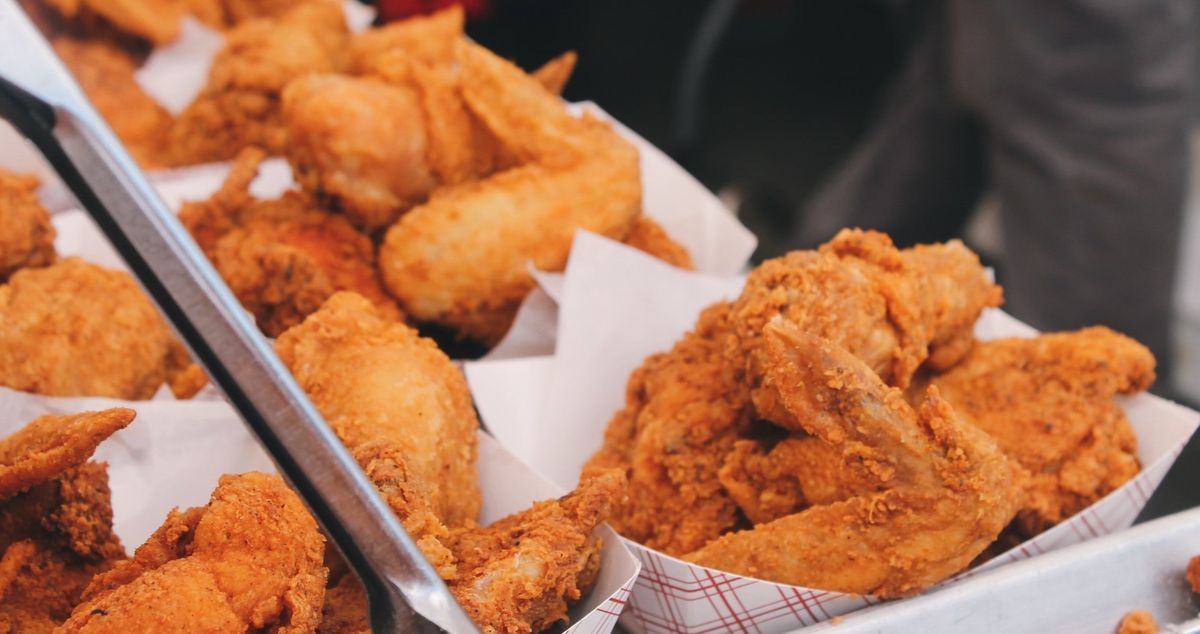Understanding Fake Cheese: What’s Really in It?
When it comes to cheese, many of us enjoy the rich, creamy taste and texture that it adds to our favorite dishes. However, not all cheese is created equal. In recent years, there has been a rise in the popularity of “fake” or “imitation” cheese products. But what exactly is fake cheese made of, and how does it compare to the real thing?
What Is Fake Cheese?
Fake cheese, also known as imitation cheese or cheese substitute, is a product that is designed to mimic the taste and texture of real cheese. However, unlike traditional cheese, fake cheese is often made from a combination of non-dairy ingredients. These can include plant-based oils, proteins, and flavorings, as well as additives and preservatives to enhance its cheese-like qualities.
Ingredients in Fake Cheese
Fake cheese can be made from a variety of ingredients, depending on the specific product and brand. Some common ingredients found in fake cheese include:
- Plant-based oils: These oils, such as coconut oil or palm oil, are often used to create the creamy texture of fake cheese.
- Proteins: Plant-based proteins, such as soy protein or pea protein, are used to provide structure and body to the fake cheese.
- Flavorings: Artificial or natural flavorings are added to mimic the taste of real cheese.
- Additives and preservatives: These are used to improve the shelf life and stability of the fake cheese product.
How Does Fake Cheese Compare to Real Cheese?
While fake cheese is designed to resemble real cheese, there are some key differences between the two. Real cheese is made from dairy milk, which gives it its characteristic flavor and nutritional profile. On the other hand, fake cheese is often lower in protein and may contain added sugars, sodium, and artificial ingredients to enhance its taste and texture.
Additionally, real cheese undergoes a natural fermentation process, which contributes to its complex flavor profile. Fake cheese, on the other hand, relies on flavorings and additives to replicate the taste of cheese.
Is Fake Cheese a Healthy Alternative?
Many people turn to fake cheese as a dairy-free or vegan alternative to traditional cheese. While fake cheese can be a suitable option for those with dietary restrictions or preferences, it’s important to be mindful of its nutritional content. Some fake cheese products may be highly processed and contain added ingredients that are not present in real cheese.
When choosing fake cheese, look for products that are made with natural ingredients and are free from excessive additives and preservatives. Additionally, be mindful of the overall balance of your diet and consume fake cheese in moderation as part of a varied and nutrient-rich eating plan.
The Bottom Line
Fake cheese is a convenient option for those looking to avoid dairy or incorporate more plant-based foods into their diet. However, it’s essential to be aware of the ingredients in fake cheese and to choose products that align with your nutritional goals and preferences. While fake cheese can offer a similar taste and texture to real cheese, it’s important to enjoy it as part of a balanced and diverse diet.
Whether you opt for real cheese or fake cheese, both can be enjoyed in moderation as part of a well-rounded approach to eating. Understanding the differences between the two can help you make informed choices that align with your individual dietary needs and preferences.



